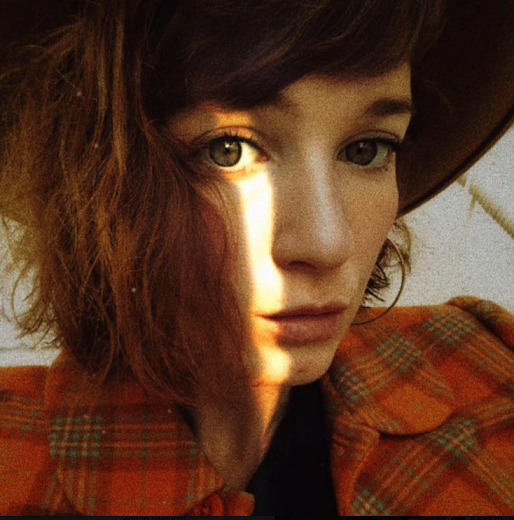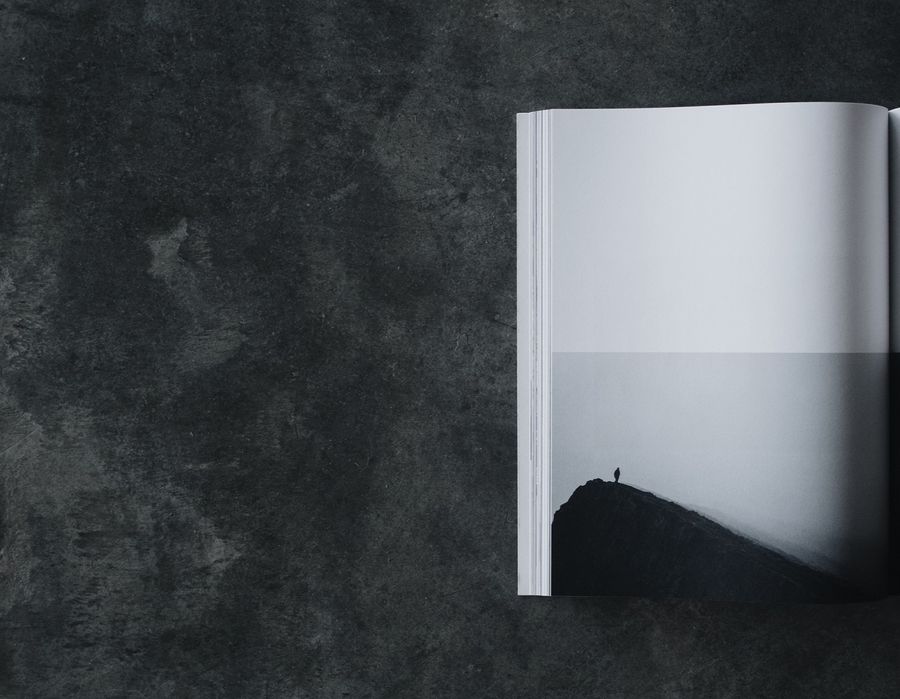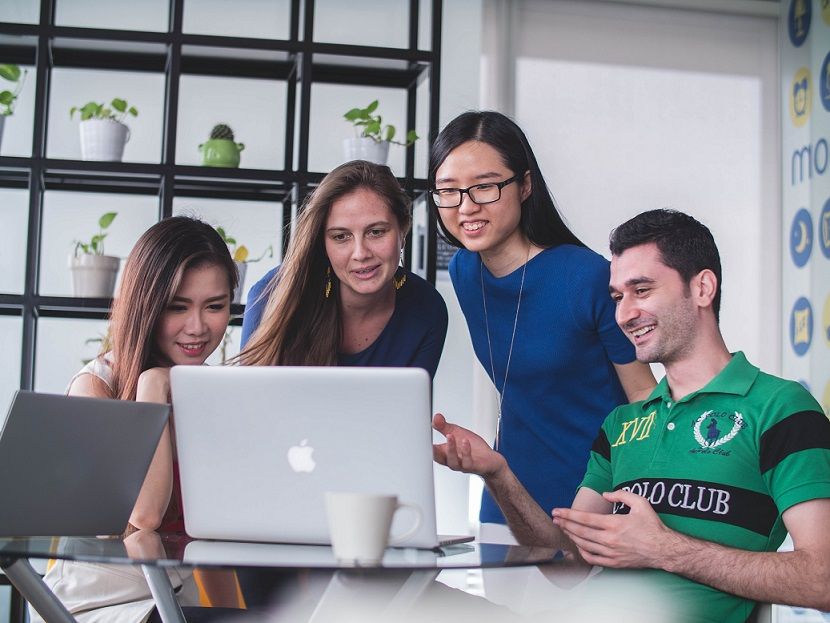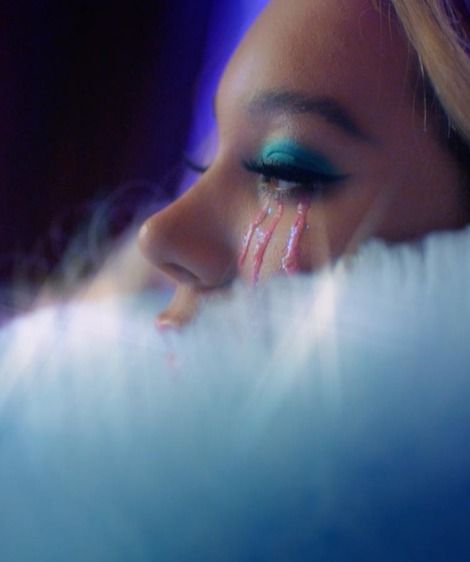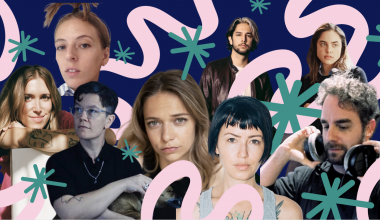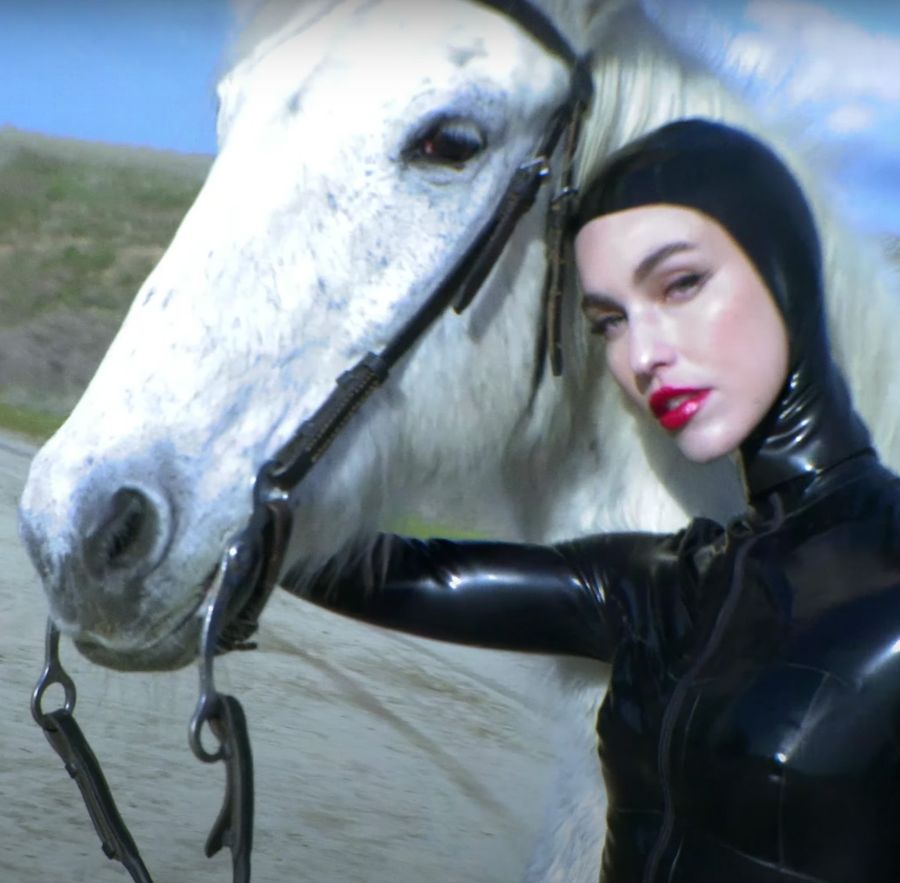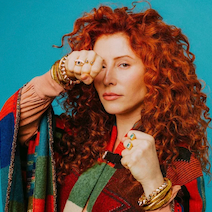I’ve been working in advertising now for 5 years, and when I started, no one had the time to break down every aspect of what it meant to be a working commercial director.
So for all you up-and-coming commercial directors out there, I wanted to take the time to break down the process of making a treatment.
TIMELINE OF THE PROCESS
1. The director's reps send the agency the director's reel before the bidding process. A lot of times, they’ll show 2 reels.
2. A job comes in [from an agency] and the director decides to engage. The director’s production company schedules a call with the agency and director to discuss the timeline.
3. Depending on [the agency’s] timeline, the director will have at most a week to work on a treatment and at least 2 days to turn it all around. Your production company will hire a writer that you like and a layout artist / image puller to help you bring the job together.
4. Once the director submits a treatment, if [the agency] likes what is submitted, the director will hop on a follow up call to talk to the agency about the treatment.
In the end you really just never know who the agency will go with to direct. So just do your best to shine and make the best treatment that you can make!
STRUCTURE OF A TREATMENT
When doing a commercial treatment there are three components: the imagery, the layout, and the writing. Each are technically different jobs, but a lot of the time treatment layout artists will also do the image pulling per job.
IMAGERY
You want to try to find images that are cinematic, yet ultimately feel like you. One resource that people use a lot is FILMGRAB. I use this quite often to remember certain scenes from a film, and then I’ll rent or buy the film so I can grab higher resolution screen grabs. Keep up with photographers you’re drawn to. There’s so much beauty that can be expressed through an image and I think agencies find it refreshing when it's not all film imagery references.
LAYOUT
It’s industry standard to use InDesign when creating a commercial layout. There are so many helpful youtube and Adobe videos on how to create what you are looking to create with InDesign. I think overall, do your homework, know the client and their branding, and mix that with your own visual personal style. The Source Creative is a paid resource that has almost every commercial on it. Very very helpful for Image pulling
WRITING
Every treatment is different, but they will for the most part have these main sections to it:
1. Intro (Possibly a quote to follow)
2. Tone & Structure
3. Vision or Approach
4. Cinematography
5. Sound + Edit
6. Casting
7. Script breakdown *sometimes you might not do a script breakdown, but that’s pretty rare
8. Conclusion

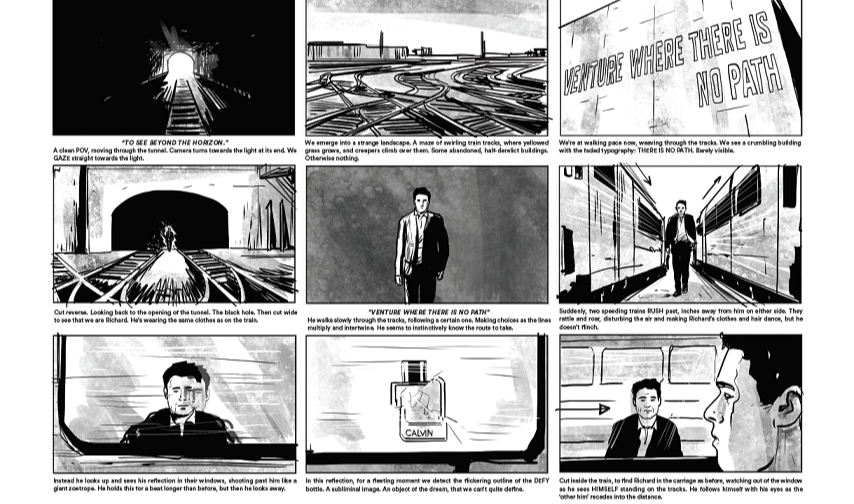
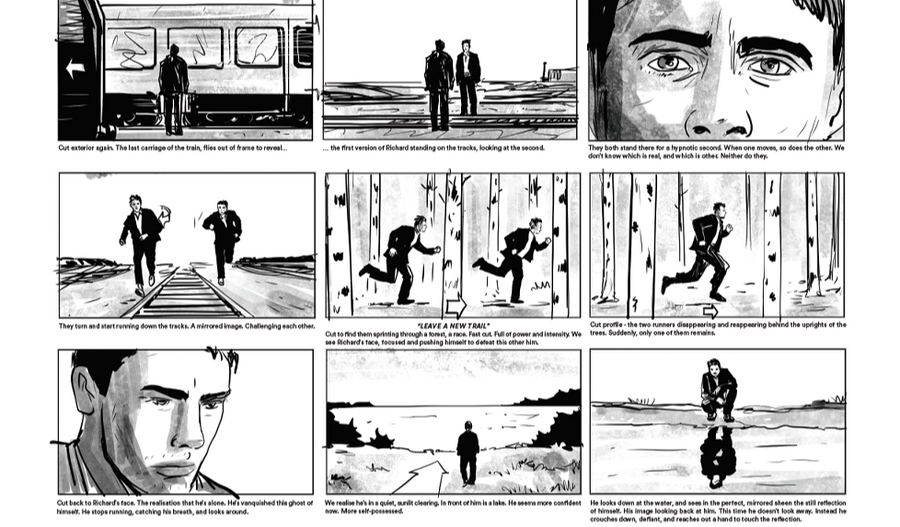
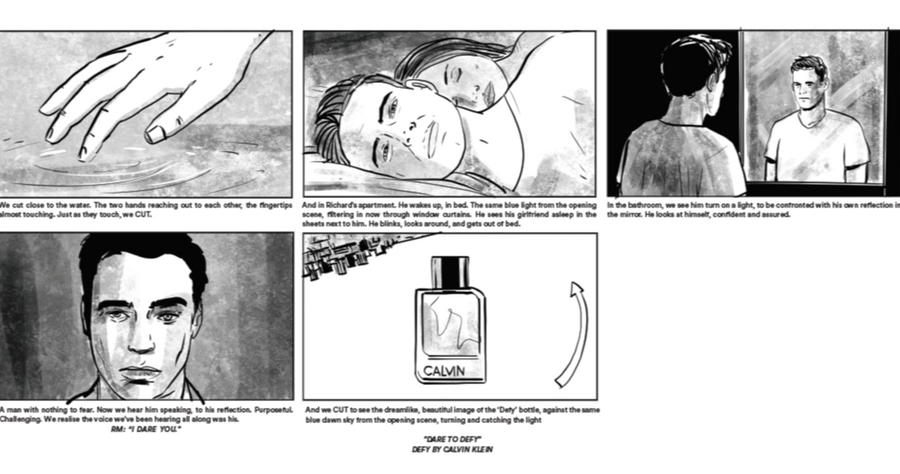
Should Storyboards Be Included?
Storyboards in treatments are definitely not super common. Only very specific directors do them, and it’s usually only done if they feel like they can communicate their vision more with a step by step visual. But it’s absolutely not an industry standard to do that.
Here are some examples from past treatments for what those sections would look like.
The following examples were written by a treatment writer from a design that I did. This can show you how detailed you have to get and what kind of things to write about tone, vision, etc.
Every director is so different. Some are very brief and some are very detail-oriented. There’s no prerequisite for how long or short they should be. For me, the length of the treatment depends on the input of directors and producers and how much they want to say or not say.
INTRO
More often than not, the emphasis we create around social media is on the power of digital connectedness. While that’s certainly real and has been a culture-shifting phenomenon, what I like about “More Together” is that it focuses instead on what’s inside the images we share, like, and comment on. “More Together” is a celebration and reminder of the ways we get together and create memories offline before they end up in our timelines. Shifting away from the performance of our online profiles, we pause here to reflect on the real moments that make up our lives that might inspire us to create more of them. After all, our timelines are nothing without the life lived inside them.
TONE
Vivid and inviting, these vignettes must be beautiful backdrops that carry the user back into their memories. These scenes themselves should feel like lived, human moments from any of our lives. An effortless, almost dreamlike energy that blends vignette into UGC, moment into memory. Intimate in the way they hold our stories but universal in spirit they convey, this is a reminder of all the trips, impulses, gatherings, and more that color our lives and bring us together.
In order to create the visual framework, these vignettes and the way they house the UGC montages will certainly be carefully conceived, highly technical, and specifically choreographed. Avoiding any sense of sterile gimmickry, this precision will be invisible. Ultimately, we want to convey the same honest intimacy and genuine texture of life that we experience as humans. Subtle and almost intangible, the vignettes that connect our UGC montages should feel real—like moments from our own lives. This is the same quality of emotion and feeling that I look for in my own work, and despite our production’s parameters, this is what we want to strive for here too.
VISION
Usually when we want to convey a feeling of humanity and real-life intimacy, we lean in on faces and the interactions of characters to remind us of something we’ve felt in our own lives. We have a slightly trickier task at hand here, because we actually can’t rely on those sorts of moments to imbue our vignettes with that feeling. We have to find another way to create the same magic. More than a traditional character-focused narrative, our specific approach matters a lot here.
To achieve a warm, human feeling inside our vignettes, we’ll still build these scenes with all the care and detail we might in a straightforward narrative with protagonists, but rather than focusing on the characters, we’ll track through the scene in a dynamic way that highlights the atmosphere and energy of that space—that bring us back to something familiar. We’re still capturing the same sense of vitality within a scene but only as far as it evokes that moment for the user in their own memories. “Oh yeah, remember when we drove to the coast?” “That BBQ was so fun!”
We’ll want to approach our vignettes in such a way that any characters in the scene appear almost figurative rather than as a focal point. These people are anonymous; their roles are not as protagonists, they’re representative of a crowd; their presence communicates ‘humanity’. We don’t ever focus on them, they’re not someone we know, but their existence helps bring the scene alive as we push in on our UGC.
In order to balance both the personal and global, we have to think broadly about the kinds of experiences that people share all over the world and not get lost in details that contain them to only one country or culture. But that doesn’t mean we keep things vague either. Sometimes it’s in the specific that we discover the universal. Instead of allowing details to create something niche, our vignettes will have a sense of openness that invites our personal stories to live inside them. Let’s focus on more natural settings, forgoing architecture that grounds us in a single location. We’ll also choose the vignettes whose essence feels universal—for example, celebrations happen everywhere even if what we’re celebrating is different. Similarly, if we decide to include a sport, we can opt for soccer, which is more of a global sport than say, baseball. People hike, star gaze, and road trip all over the world. And while the characters are anonymous, their gestures and energy can still help us say something global. A crowd of friends dancing in unison or the way kids run and play or a couple rushing to catch a train all contain a universal visual language—those moments are familiar regardless of who the people are.
Finally, our vignettes aren’t meant to stand out, but rather they function to elevate and accentuate the moment inside the UGC. To reconnect the user to something they lived, laughed at or were touched by. We’ll craft these vignettes always with this UGC as our focus. Let’s start right away with a user photo as if it’s this memory that pulls us into the live-action. A memory world opening up around the user, never overpowering them.’
CINEMATOGRAPHY
Our goal with these vignettes is to craft rich, dynamic scenes that enhance the UGC that stars in each of them. These vignettes are the conduits to the UGC. Beautiful scenes with careful movement that elevates the frame within our frame. Our aesthetic approach is no different than a traditional film. We still want rich, vibrant scenes that communicate poetic imagery.
The most significant difference from a more traditional narrative piece is that we’ll frame each vignette always with our UGC in mind, both in how we track through the scene to discover the UGC and also how and where we create this focal point. The camera movement in each scene will be carefully choreographed to move through a space, towards our UGC frame. As the camera tracks, it doesn’t focus on any details, rather the scene unfolds around it. The characters and action are essentially impressionistic. The camera itself is almost like a presence levitating through a space. Depending on the exact vignettes we land on, I’d most likely want to achieve this with a Steadicam ghost push, but there might be a scenario in which we need a crane arm or dolly for the right scale or effect.The blocking of each scene will be sure to accommodate the movement towards the UGC in 1:1 ratio, but it will also consider movement through the accommodate the movement towards the UGC in 1:1 ratio, but it will also consider movement through the scene’s action given our 9:16 ratio. Maybe the extras in our scene ‘cheers’ across the frame or intersect with the camera’s path. Seamless and uncomplicated, each scene will be choreographed to find the right balance of anonymous action that feels both natural and lively, with the movement towards the big UGC moment always paramount. Ultimately, the vignette’s scene will be crafted so that it plays well on its own, with the UGC frame on top of it, and cropped into 1:1 when a UGC montage doesn’t qualify.
Lighting is also key to how we not only allow our characters to become anonymous, but also how we guide the focal point towards our UGC. Low light, ambient environments, will allow us to create rich textures and imagery. If we embrace a sort of gentle backlighting whether from the sun or thoughtful practical lighting, we can cast our characters in silhouette, letting their presence be felt without focusing on who they are which would distract from the user. Light that creates shapes and textures like the soft impressions of a memory. This silhouetting also allows us to accentuate their gestures, dancing, hugging, joking around—the universal language of how we share space with our friends—without drawing too much attention to anyone in particular. I love the reference of the boys on the beach in your deck, because the accented shape of their small, playful bodies running around the frame tell me everything I need to know about the scene without seeing their faces. Similar to the evocative imagery of a Terrence Malick film, our camera will glide through these scenes, capturing the emotion and feeling of a memory without getting stuck on details. The glow of birthday candles and family huddled around or friends hiking down a trail at sunset. Joyful moments that feel at once familiar and dreamy. They build towards and around the UGC, making a moment of their memory.
SOUND + EDIT
I feel this spot wants to be upbeat, energetic, with a spark that has us wanting to get up, get outside and play. A rich soundscape will carry us from neighborhood to neighborhood, yard to yard with the grace that only sound can manage. It should be filled out with richness and clarity. We need thick thumps in the back of the mitt, sharp cracks of wooden bats, and the dull ping of a metal one. It will be what keeps us in each moment and makes us feel like we’re there.
Musically, I think rhythm is key. A song with driving percussion, that we can time with a lot of the sound design in our film. I also think it can get big, to match the scale of our cinematography and scope of our cast. Rather than an old song that plays on the nostalgia so commonly associated with baseball, I think we should go with something that says contemporary America. Maybe it’s in the rock world, maybe the hip-hop world, but regardless, it’s of today. I’m also imagining something with some human elements as well: claps, stomps, chants, chimes and other more elemental forms of percussion. As we follow the ball that connects each character in our film, the music helps accentuate the staccato pace of the spot, adding humor and surprises at times, and ultimately cementing the intensely human nature of the spot.
CASTING
Baseball lives in the collective unconscious of the American public. Fan or not, audiences can spot someone faking or just going through the motions. And in the same way, they can spot the unpolished—and thus engaging—texture of a real personality. Keeping these requirements in mind, we can remain open to a diverse spread. After the checklist, it’s all personality. And that’s the fun part.
Without being too exclusive, this needs to be an insider baseball type of thing. Not that we’re looking to cast the next Mookie Betts, but for a lot of these vignettes, they need a certain confidence in their athleticism. It’s not so much that they know what they’re doing—it’s so they give nuanced performances and give uniqueness to these subtle moments. They need the comfort to be themselves without getting caught up in the basics of swings, catches, and lateral shuffles. But more than that, casting players gives them the chance to mimic their favorite players, and make the movements their own—even show off a little. How chance to mimic their favorite players, and make the movements their own—even show off a little. How each batter knocks the dirt off their cleats or adjusts their hat to settle a cowlick is like a fingerprint and will enrich our tapestry.
These specific quirks are the beauty we’re looking to capture.
SCRIPT BREAKDOWN EXAMPLE

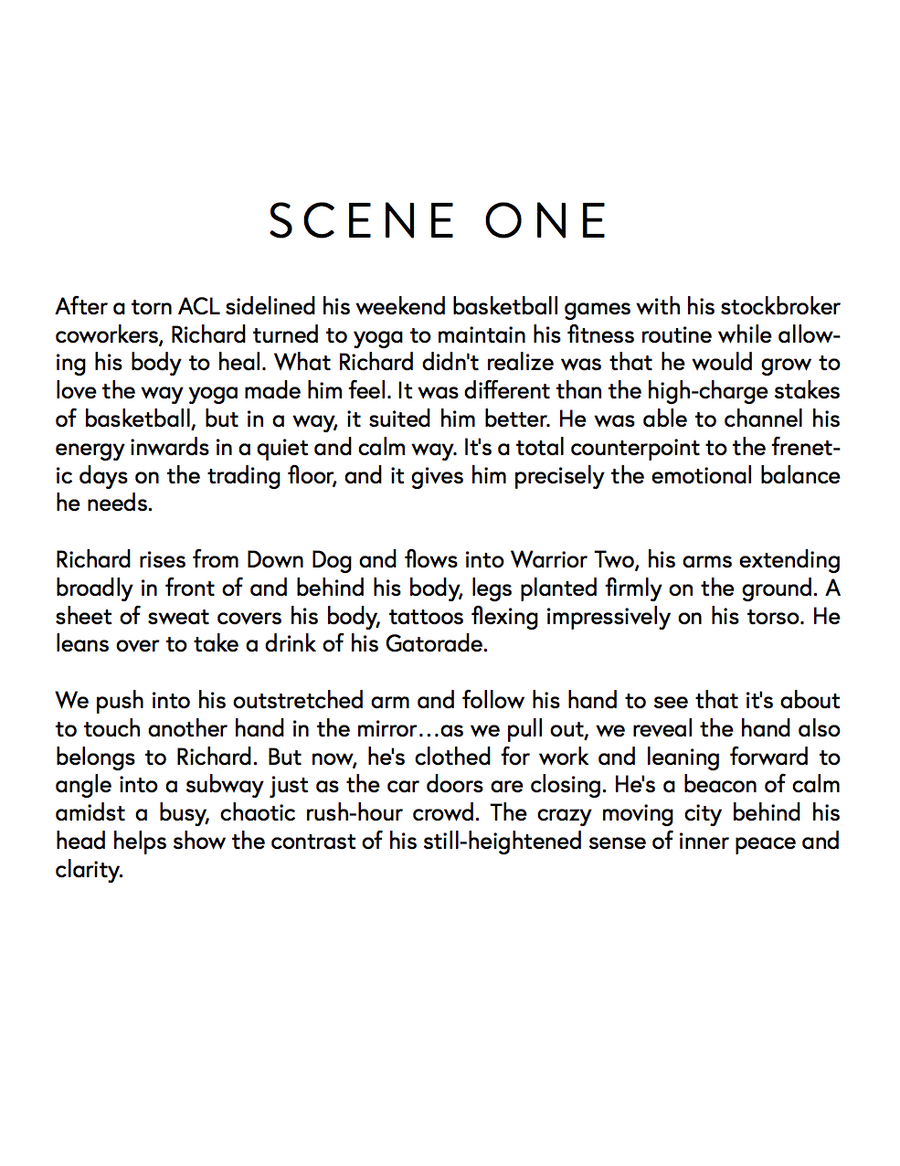
CONCLUSION
I’m super excited about the potential for these scripts. The concept is brilliant. This idea of re-in- troducing baseball to a whole new potential audience by returning to the most essential action that spawned it–catch –is a special one. I think I can bring an energy to this project; an eagerness to cre- ate something transformative, something lasting. I also think my approach resonates stylistically with what you’re trying to achieve: envisioning this as a sort of marriage of a more cinematic, composed and emotionally resonant tone with a spontaneity and rawness that only documentary can give you. It’s a compelling proposition, and one to which I hope I can contribute.
Thanks!
[Insert Directors Name Here]
I hope this guide can help fellow artists further their career in the commercial world. Thanks so much for taking the time to read this!
THE INFORMATION CONTAINED IN THIS MATERIAL IS PROVIDED FOR GENERAL INFORMATION PURPOSES ONLY AND IS NOT MEANT TO BE BUSINESS, LEGAL, FINANCIAL OR OTHER ADVICE NOR IS IT AN ENDORSEMENT BY FTW OF ANY PRODUCTS OR SERVICES MENTIONED THEREIN. NO INFORMATION IN THIS MATERIAL SHOULD BE RELIED UPON FOR SIGNIFICANT PERSONAL, BUSINESS, LEGAL OR FINANCIAL DECISIONS. PLEASE CONSULT WITH THE APPROPRIATE PROFESSIONAL, FOR SPECIFIC ADVICE TAILORED TO YOUR PARTICULAR SITUATION.
Bianca Poletti
I'm a fine art photographer and narrative director. With a true love for imagery and a background in film. I was born in Argentina and raised there as well as California. I'm endlessly interested in the human psyche and behavior. As well as captivating imagery.
